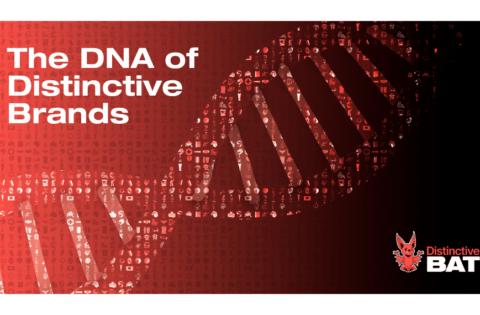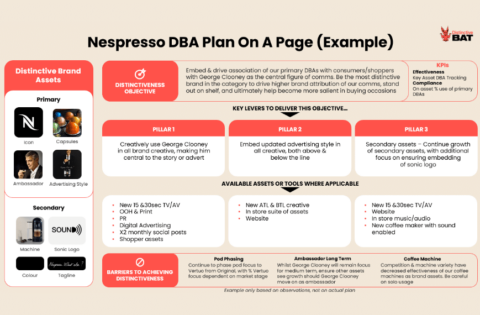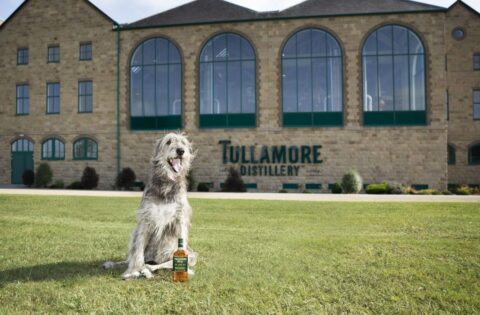Can Sprite’s Label-Free Trial Prove Successful?
Can Sprite’s Label-Free Trial Prove Successful?
Sprite recently announced an interesting trial in the U.K., removing the label from their Sprite bottle and leaving a completely see-through bottle with an embossed logo. In a move to be commended, for environmental reasons that is, it will see Sprite bottles be easier to recycle.
Sprite scraps labels from bottles in new trial
— Marketing Week (@MarketingWeekEd) January 29, 2024
The trial, designed to make recycling simpler, “could contribute to longer-term changes to the way brands communicate with their consumers”, says Coca-Cola Europe marketing vice-president, Javier Meza.https://t.co/a1rF9nPSk4
This is a fairly radical and risky move. Removing a key element of their product will ultimately reduce distinctiveness and stand out on shelf, ultimately making the brand more difficult to find and buy. We were of course interested in understanding how important the Sprite label is to the brand and so tested this out via distinctive asset research with 250 consumers in the U.K. to understand how recognisable the test pack is, i.e. how familiar it is to consumers, and importantly whether can consumers correctly attribute it to the brand.
Distinctive Asset Measurement: Brand Research That Provokes Action
Used by some of the world’s most distinctive & leading brands






The results were interesting. The regular Sprite saw fairly small declines for key metrics for their pack with versus without the label, showing there is good equity even without the label. We expected much bigger declines. When we look at the No Sugar variant however, we can see much larger declines; the key difference being the green lid. It would suggest that the green lid is doing some heavy lifting for the brand without the label present. Based on this, the No Sugar variant might struggle more. Coke meanwhile shows just how iconic the bottle and indeed liquid is, with little decreases in the versions tested.
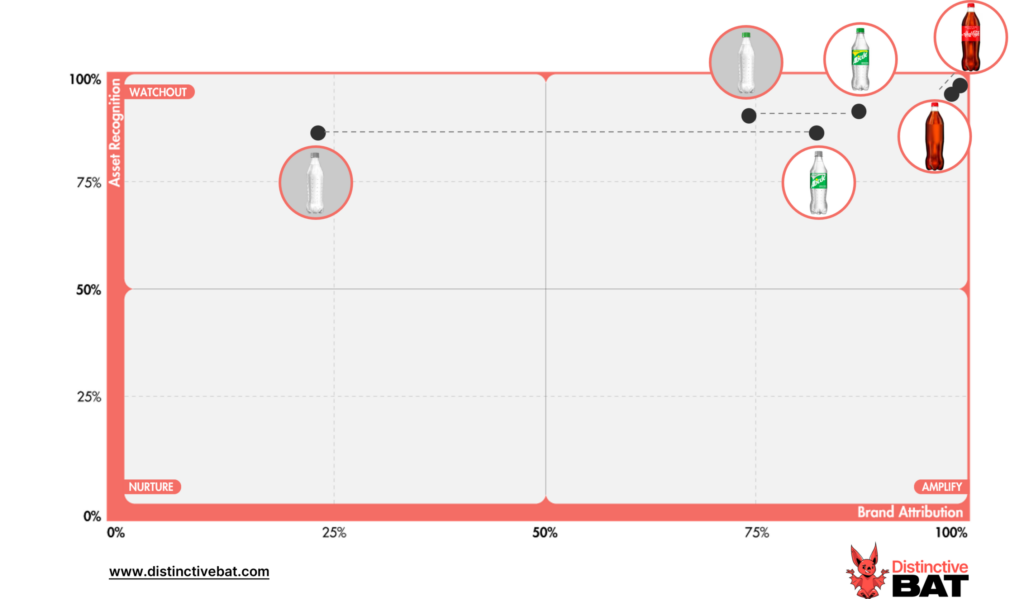
While the U.K. trial will provide some real-world data on the sales impact of removing the label, what it won’t show is the long-term impact of debranding their bottle. The bottle will become relatively generic, and the brand will miss out on a big opportunity to use a key touchpoint in embedding its key assets, namely colour and shape. All brands need to treat their pack as a critical channel of reach and use it to introduce DBAs to new buyers or “window shoppers” while reinforcing them with shoppers and current consumers alike.
We’d be surprised if this trial moves to a full-scale release, but it’s an interesting experiment to see how FMCG brands could evolve, to marry both environmental responsibilities with the pragmatic realities of maximising sales and profit.
Find out more here about Distinctive Brand Asset research.
Have any questions on Distinctive Brand Asset Research or Tracking? Drop me a message via LinkedIn or email at hello@distinctivebat.com
Distinctive Asset Measurement: Brand Research That Provokes Action

Used by some of the world’s most distinctive & leading brands








